Lesson #1
When you’re in a hurry, don’t curl your hair. That’s what I’ve learned no less than four times in the past month and a half.
Lesson #2
Don’t just slap a bandaid on said four wounds and expect things to heal up like normal.
Yes. Getting ready for my wedding and the special celebratory dinners afterwards, has left me with more than a few burns; second degree burns to be exact. I basically “sort of” learned how to use a curling wand on my wedding day which more or less translates to “an accident waiting to happen”.
The first burn was no biggie. It bubbled but was easy to cover up with concealer until I could look at it later. I’m a wuss when it comes to treating injuries, so the second one was really yucky to look at from the very beginning. Just slap a bandaid on it they said. It will be fine they said.
No. It wasn’t fine. When I peeled off the bandaid later, the plastic coating on the cotton padding was stuck to the burn. It didn’t look good. Not good at all.
Now that things have begun to simmer down after so many exciting events, I was finally able to treat the burns properly, meaning lots of disinfecting.
DIY Disinfecting Wound Wash
This disinfecting wound wash recipe is great to use on all manner of open wounds, including burns. It kills bacteria, washes away debris, sterilizes wounds, and speeds up healing. This allows ointments and healing oils to absorb more efficiently.
Here’s what you’re going to need:
• ½ cup of aloe vera juice
• ½ cup of vodka
• 25 drops lavender essential oil
• 25 drops tea tree essential oil
• 8oz squeeze bottle
Loving Preparation- Disinfecting Wound Wash
This disinfecting wound wash is simple and quick to throw together and should be in everyone’s medicine cabinet. It’s convenient to carry around on trips too which makes it a wonderful addition to every first-aid kit.
Here’s how to make it:
• Begin by adding the lavender and tea tree essential oils to the storage bottle of choice. For at home, I use an 8oz squeeze bottle. For travel I use a 1oz dropper bottle.
• Next, add the aloe vera juice and the vodka.
• Cap closed and shake vigorously until well combined.
To Use:
Before use, shake vigorously to recombine the ingredients. Make sure the wound is clean if possible. I usually use a mild soap and water to wash away dirt and other debris.
Next, apply the disinfecting wash directly on the wound. Make sure to soak the injury.
Gently pat dry and apply your healing ointment or herbal healing oil to the wound before bandaging.
Rinse the wound with the disinfecting wound wash twice a day.
You can also use this wash as an effective acne spot treatment. It also works well on insect bites and stings.
[yumprint-recipe id='100']
What have been your favorite homemade disinfecting wound washes?
You may be interested in:
The Benefits and Properties of Lavender
How to Make a Warming Homemade Body Lotion
The Complete Guide to a Natural Medicine Cabinet
This post contains affiliate links. We are a participant in the Amazon Services LLC Associates Program, an affiliate advertising program designed to provide a means for us to earn fees by linking to Amazon.com and affiliated sites. Read my full disclosure and disclaimer.
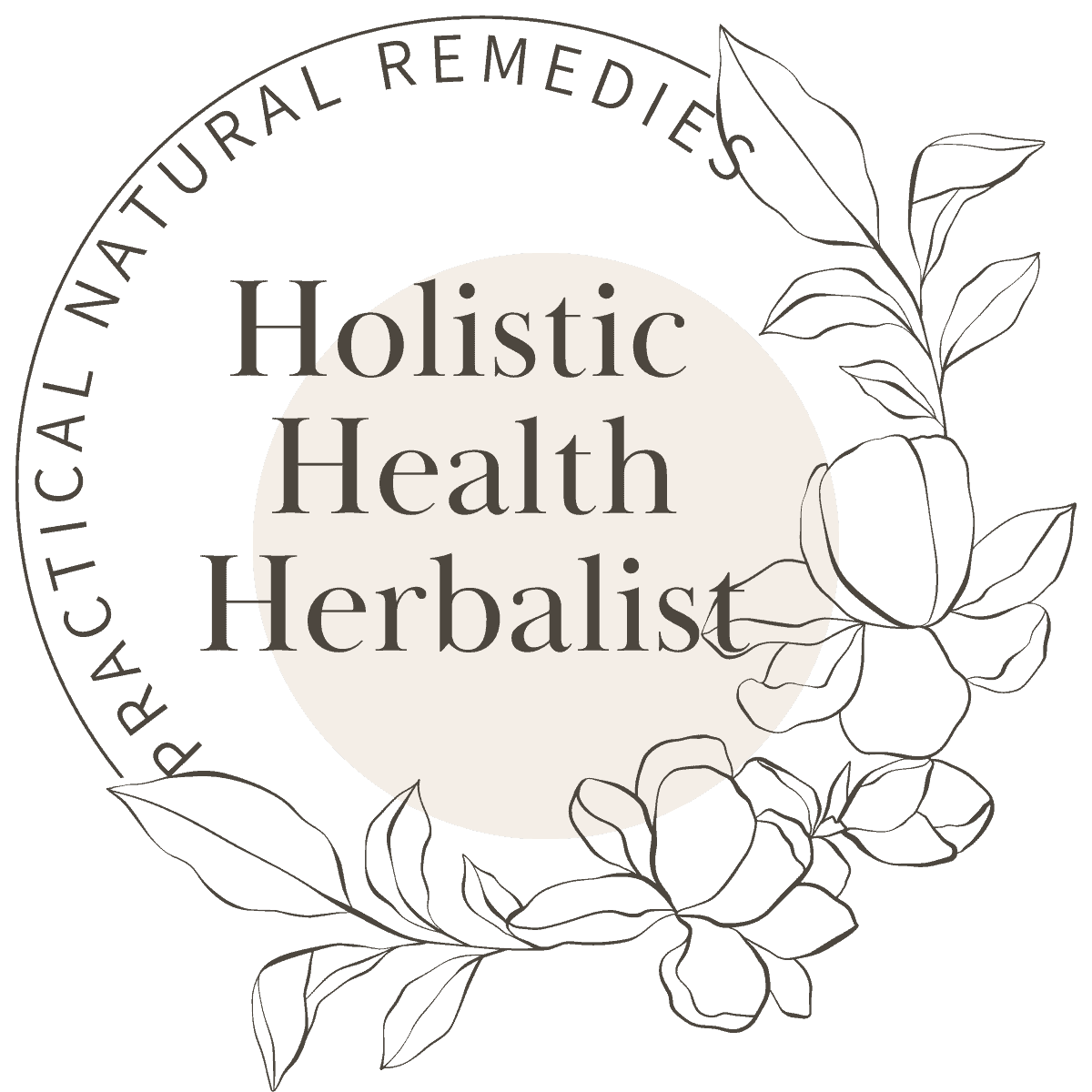

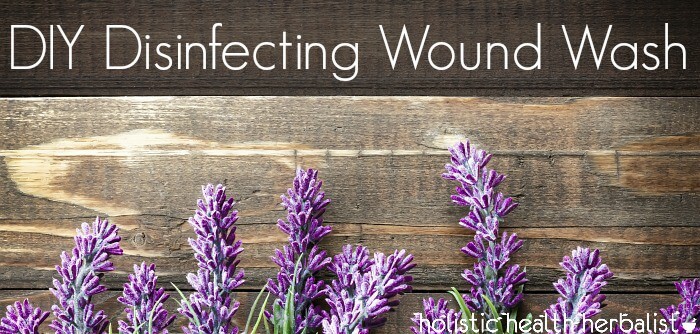
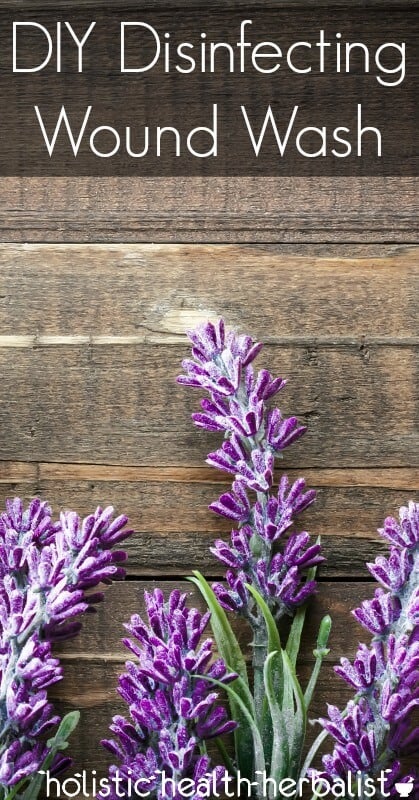
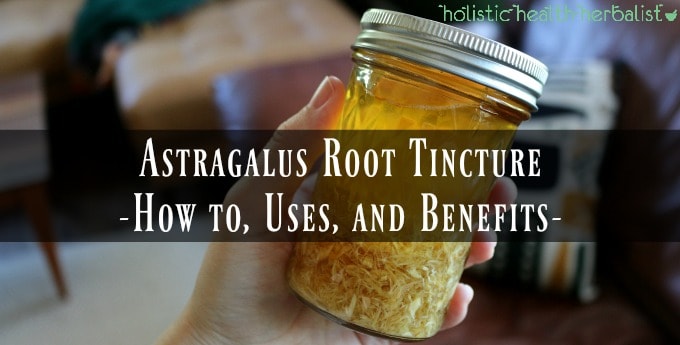
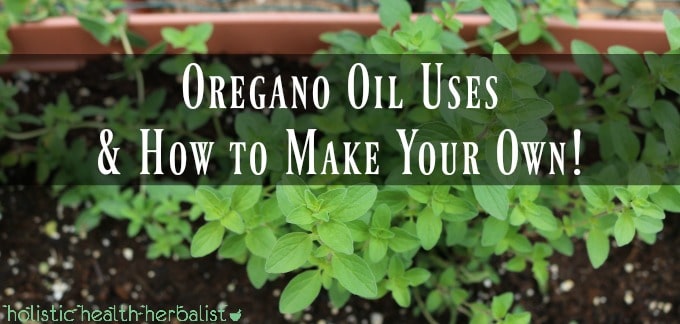
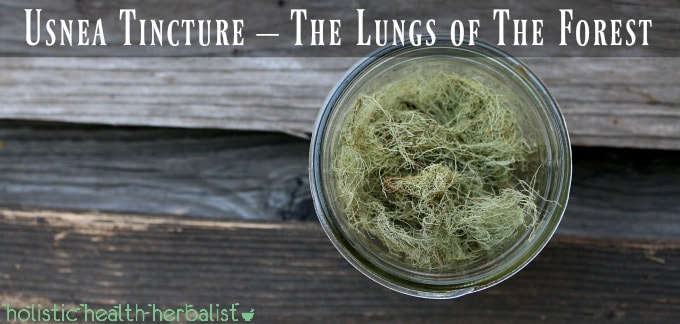
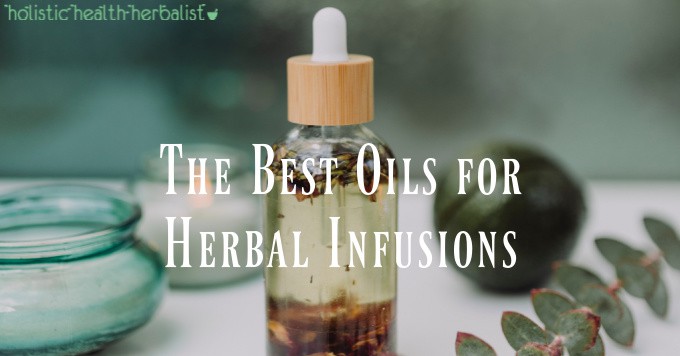
Sofia says
Hello Ms. Tash! I'm actually olanning to make a disinfectant solution for wounds for our capstone product. I would like to ask if can I use the vinegar?instead of vodka. And can I add other plant extraction like banana leaf and other plants that contains antimicrobial and antibacterial properties? Thank youyou 🙂
Tash says
I think you could! The key is to make sure that you can keep the germs from growing in it. Water will always breed bacteria if it's added but pure vinegar should be fine.
Matiana Saldana says
What to use in place of vodka?
Tash says
You could use witch hazel but you would then need to either make this fresh every time or add a preservative.